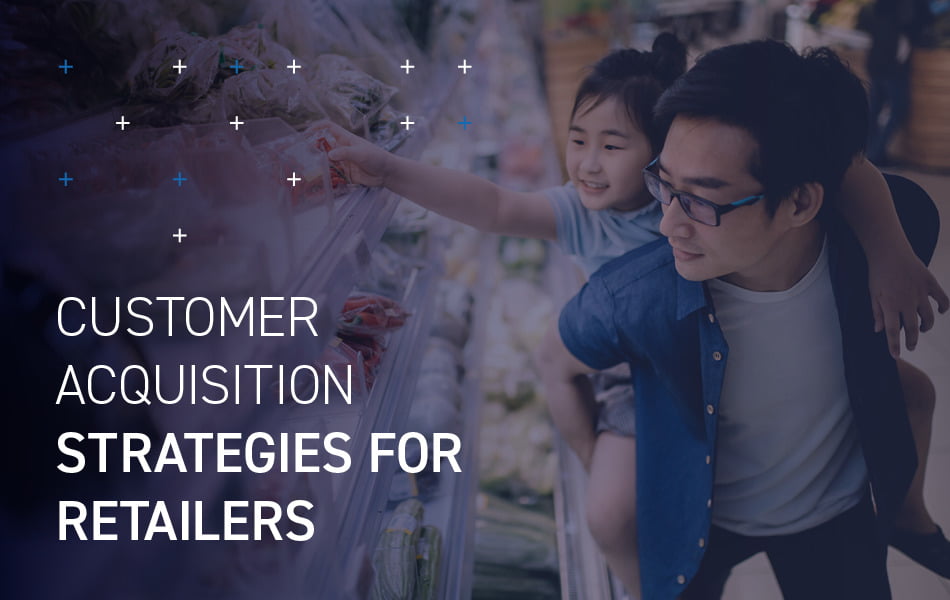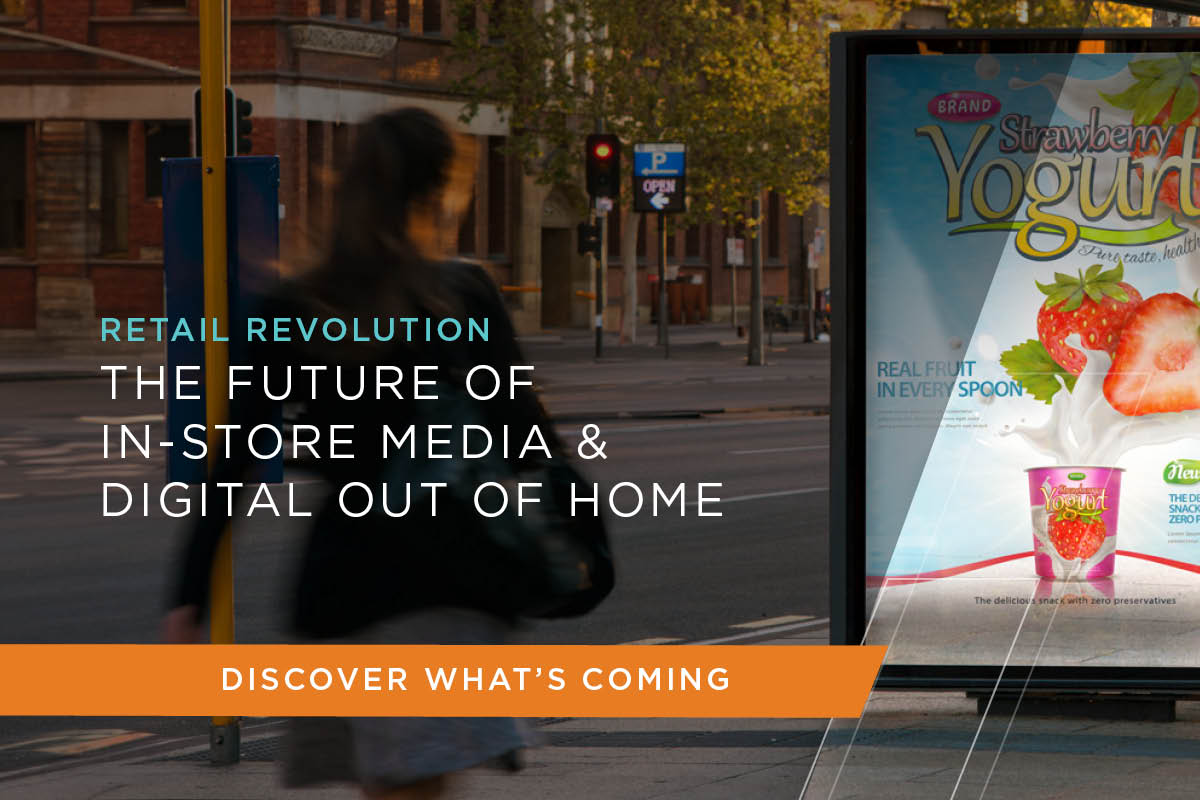Summary
- With the return to normalcy, stores are re-opening, consumer confidence is growing, and spending intentions are strong.
- The convergence of these trends creates an enormous opportunity for brands to grab back market share and win new customers.
- Learn more about this topic covered in a recent panel conversation hosted with Prosper Insights & Analytics™.
There is no question that the COVID-19 pandemic hit the retail sector hard. Lockdowns and restrictions led to store closures and out-of-stock items, accelerating the shift from consumers buying in-store to buying online.
This was the topic covered in a recent panel conversation, with Prosper Insights & Analytics™ EVP for Strategic Initiatives Phil Rist, Crate and Barrel Senior Director for Digital Product Management Brian Schultz, and Christmas Tree Shops VP for Marketing & Digital Michele Watkins.
One-third of shoppers surveyed said they replaced some of their in-store trips with online shopping. In the process, consumers discovered new brands and dropped the ones that let them down. Rist says, “this shock to the system did end up causing an erosion in brand loyalty.” Case in point: The number of customers who have no brand preferences has doubled since 2019 in segments like groceries and apparel.
However, with the return to normalcy, stores are re-opening, consumer confidence is growing, and spending intentions are strong. The convergence of these trends creates an enormous opportunity for brands to grab back market share and win new customers.
For retailers, in particular, this is not the time to wait for your customers to come back. Now is the time to get aggressive with your customer acquisition efforts.
1. Double down on online channels
Online ordering, home delivery, and curbside pickup have become popular with customers. Schultz shares, “We were seeing the majority of our sales through digital channels of web and app prior to the pandemic, and that only escalated through the pandemic.”
In fact, people will continue buying online even after the pandemic is over, with 45% of survey respondents saying this will become a permanent habit.
“Consumers will go back to the stores, but online shopping will continue to remain strong. And they’re going to be using online for comparison shopping. This is going to be the new reality. It’s going to be the mixture of the two,” Rist says.
Now that e-commerce has become a major source of revenue for many retailers, continue to invest in your online channels. And create content that is inspirational or educational for your customers as well. Grab customers at every stage of the sales funnel.
2. Create the best in-store experience
Physical stores are making a huge comeback. Watkins notes, “We saw just massive traffic coming back in at the beginning of the re-opening phase. Customers were ready for us to be open.”
People miss the in-store shopping experience, so make sure you serve this pent-up demand by providing an unforgettable in-store experience. This is especially true for retailers with a business model or value proposition that cannot easily be replicated online.
Watkins explains, “Customers shop with us not just for the product, not just for the value, but also for the shopping experience itself. It’s very much about the thrill of the hunt and the treasure hunt aspects of it. You just can’t create that in buy online, pick up in store (BOPIS).”
Even for retailers that can generate significant revenue online, physical stores remain a crucial element in customer acquisition. These retailers can use their stores as showcases, not as warehouses carrying every SKU.
Schultz says, “Our flagship is digital. Our stores are there to go and see products and experience the products. Our associates will help you with the design decisions you need to make for your home.”
3. Fix your supply chain
The pandemic has caused problems in the supply chain for many retailers. Out-of-stock inventory and delayed shipping continue to be major pain points for customers. Brands need to fix these supply chain problems to keep customers.
Crate & Barrel, for instance, is working on a strong centralized fulfillment, “so that we can get our products out our doors quickly and on to customers as quickly as possible,” Schulz explains.
He adds that customers understand that they need to wait for products. What is important is transparency, “making sure there is just visibility at all levels of that fulfillment journey, so customers know when to expect their products.”
So, provide accurate inventory numbers on your website, and if possible, enable your customers to track their orders throughout the supply chain.
4. Focus ad spending on thematic content
The challenges of inventory availability have hounded retailers throughout the pandemic, and they will continue for the rest of the year. Retailers should shift their media spending from promotions and item prices to inspirational and educational content.
Watkins shares, “We pulled back some of the ways that we market. As a value retailer, we often go out and show item prices. But if we’re not guaranteed that we’re going to have that product in stock, we cannot afford to disappoint. And so, we shifted to much more of an inspirational message. We tried to be much more solution-based.”
Crate & Barrel took the same approach. “We eased off of promotions at the moment. What we’re trying to do is take the content creating engines that were really promotion-focused and have them focused on building meaningful product content that’s got a longer shelf life for the time being,” Schulz says.
5. Jump on the back-to-school season and holidays
Aside from the re-opening story, Rist says, “for the back-to-school season and the holiday season, it’s good news on both fronts. Consumers are telling us the numbers are looking strong.”
Watkins adds, “We think the holidays are going to be huge this year. We need a reason to celebrate. We expect that it’s going to be even stronger and even bigger going into the season.”
Seize this opportunity as people are allowed to gather to celebrate, not only the holidays but the return to normalcy.
6. Keep an eye on trends
Categories such as outdoor living, gardening, home office, and kitchen were immensely popular during the pandemic. However, you can expect lower demand for these.
Watch out for upcoming trends as people return to work and resume their leisure activities. And be flexible in riding on these trends. Think products related to sports, travel, dining, and entertainment.
“We keep a very tight eye on trends. And we try to do our best that, as we see things developing amongst the customers, we’re able to respond to them as quickly as we can with our marketing,” Watkins shares.
7. Stick to an omnichannel strategy
Rist notes that “often, brands are organized in silos when it comes to television or print or digital. Guess what? Consumers don’t use media in silos. They use all media options to their advantage many times in a simultaneous way.”
You need to pursue an omnichannel strategy. This should include search, display advertising, email, and remarketing. Working with a partner like Valassis, a Vericast business, can help you deliver personalized, multichannel campaigns and measurable results.
Schulz says, “Getting those eyes on your site, people certainly don’t make that decision over the course of one site visit. In fact, it’s many visits before a purchase is made.”
Social media should also be in the mix. “We look at paid social a lot. Pinterest is a great vehicle from a planning perspective. Other paid social channels are great for driving awareness and getting deeper into the funnel in terms of consideration and finally conversion,” Watkins explains.
Retailers have a massive opportunity to regain market share, build on their online business, and seize on pent-up demand for in-store shopping. To learn more about the latest findings and the strategies retailers should pursue in the post-pandemic era, watch the full webinar on demand entitled “Customer Acquisition vs. Customer Retention: Finding the Right Balance.”



